Understanding Hot Tub Electrical Wiring Basics
When it comes to enjoying the ultimate relaxation in a hot tub, understanding the hot tub electrical wiring is crucial. Proper electrical wiring not only ensures safe operation but also maximizes the efficiency of your hot tub’s performance. This guide dives into the nuts and bolts of hot tub wiring, providing homeowners with the necessary knowledge and tools to tackle installation and maintenance while adhering to safety standards.
Importance of Proper Wiring
Hot tubs require a significant amount of electrical power to operate efficiently. Proper wiring is vital for several reasons:
- Safety: Incorrect wiring can lead to electrical shocks or fires, endangering users and property.
- Efficiency: Well-planned wiring ensures that your hot tub operates efficiently, reducing energy consumption and costs.
- Longevity: Proper installation and wiring can prolong the life of the hot tub’s components, preventing premature failures.
Common Wiring Components
Understanding common wiring components is critical for effective hot tub installation:
- Disconnect Switch: Usually located within sight of the hot tub, this switch allows for easy disconnection of power.
- GFCI (Ground Fault Circuit Interrupter): This safety device prevents electrical shock by cutting off power in case of a fault.
- Circuit Breaker: Protective devices that automatically switch off when there is an overload or short circuit.
- Wiring Cable: Proper gauge wiring is essential to handle the electrical load safely, typically 6/3 gauge cable for 240-volt hot tubs.
Safety Codes and Regulations
Familiarizing yourself with local electrical codes and safety regulations ensures compliance and safety. Typically, the National Electrical Code (NEC) provides guidelines that dictate the required distances from water sources, the type of wiring permitted, and the safety measures to uphold. Following these codes not only ensures safety but can also be crucial for insurance and resale considerations.
Tools Required for Hot Tub Electrical Wiring
To successfully wire your hot tub, having the right tools is essential. Utilizing quality equipment can make the installation process smoother and safer.
Essential Tools for Installation
Here is a list of essential tools needed for hot tub electrical wiring:
- Wire Stripper: To remove the protective insulation from wires, ensuring good connections.
- Screwdriver Set: Both flathead and Phillips screwdrivers for securing electrical components.
- Voltage Tester: A crucial tool for ensuring circuits are dead before beginning any work.
- Cable Cutter: For cutting wiring cables to the desired lengths.
- Drill and Drill Bits: Used for making necessary holes in walls or surfaces for wire passage.
Protective Gear for Electricians
Safety should always be the priority in any electrical work. Essential protective gear includes:
- Insulated Gloves: Prevents electric shock during handling of wires.
- Safety Glasses: Protects eyes from sparks or debris during cutting or drilling.
- Hard Hat: Optional but recommended to avoid head injuries when working overhead.
Recommended Equipment Brands
Investing in reliable brands can make a difference in the quality of your tools. Look for reputable equipment brands known for their durability and safety features. Quality tools not only last longer but also perform better, ensuring a successful installation.
Step-by-Step Guide to Hot Tub Electrical Wiring
Wiring your hot tub may seem daunting, but by following a clear step-by-step process, you can navigate the project with confidence. Here’s how to do it:
Preparing the Site for Wiring
Preparation is key. Start by selecting a site close to your existing electrical supply to minimize the length of the wiring needed. Ensure that the area is free of obstructions and dirt. Layout any necessary pathways for wiring and ensure proper ground conditions are in place.
Wiring Configuration for Hot Tubs
When configuring the wiring for the hot tub:
- Install the Disconnect Switch: This switch should be mounted at least 5 feet away from the hot tub to meet safety regulations.
- Run the Wiring: Use the appropriate gauge wire (typically 6/3 for 240V systems) and ensure it is run through conduit to protect it from moisture and physical damage.
- Connect GFCI Breaker: Connect the wiring to the GFCI breaker in your main electrical panel before linking it to the disconnect switch.
- Terminate Connections: Securely connect wires at the control panel of the hot tub, following the manufacturer’s guidelines for color coding and terminal placement.
Testing and Troubleshooting Connections
Before powering up the hot tub, it’s vital to test all connections:
- Use a Voltage Tester: Ensure all terminals are correctly wired and that voltage is present where expected.
- Check for Shorts: Inspect all connections for potential shorts and ensure proper insulation is in place.
- Grounding: Double-check grounding connections to ensure safety during operation.
Best Practices for Hot Tub Electrical Wiring
Whether opting for DIY installation or hiring a professional, adhering to best practices can facilitate a seamless process and ensure long-term safety and reliability.
Hiring a Professional vs. DIY
While many homeowners prefer the do-it-yourself approach, hiring a licensed electrician ensures compliance with local codes and reduces the risk of electrical hazards. Consider your level of expertise, the complexity of the installation, and the potential for costly mistakes when deciding between DIY and professional assistance.
Maintaining Your Installation
Regular maintenance enhances the safety and longevity of your hot tub’s electrical installation:
- Inspect connections periodically for wear or corrosion.
- Test the GFCI breaker monthly to ensure it’s functioning properly.
- Keep the area around the hot tub clear of debris and water accumulation.
Regular Inspection Tips
Conducting periodic inspections is vital for ongoing safety:
- Check all electrical components for signs of damage or wear.
- Flush out dirt and debris from electrical enclosures, ensuring all seals are intact.
- Keep records of inspections and any repairs conducted for future reference.
Understanding Electrical Safety for Hot Tubs
Electrical safety is paramount when it comes to hot tubs. Being aware of potential hazards and implementing precautionary measures can prevent accidents.
Potential Risks and Hazards
Understanding the potential electrical risks associated with your hot tub installation is essential:
- Electrical Shock: A common risk when wiring and maintaining hot tubs, emphasizing the importance of following safety practices.
- Short Circuits: Can occur from faulty wiring or damaged components, leading to potential fire hazards.
- Water Exposure: Water and electricity are a dangerous combination; ensuring all wiring is properly insulated and protected is critical.
Emergency Shut-off Procedures
In the event of an electrical emergency, knowing how to quickly and safely disconnect power is crucial. Ensure that everyone in your household is aware of the location and operation of the disconnect switch. Regularly practice emergency drills to engrain safety measures and response actions.
Significance of Ground Fault Circuit Interrupters
GFCIs play a vital role in hot tub safety. They are designed to detect ground faults and interrupt the electrical supply, significantly reducing the risk of electrical shock. Installing and regularly testing GFCIs as part of your hot tub electrical wiring is not just a recommendation; it’s a necessity for ensuring safety during use.
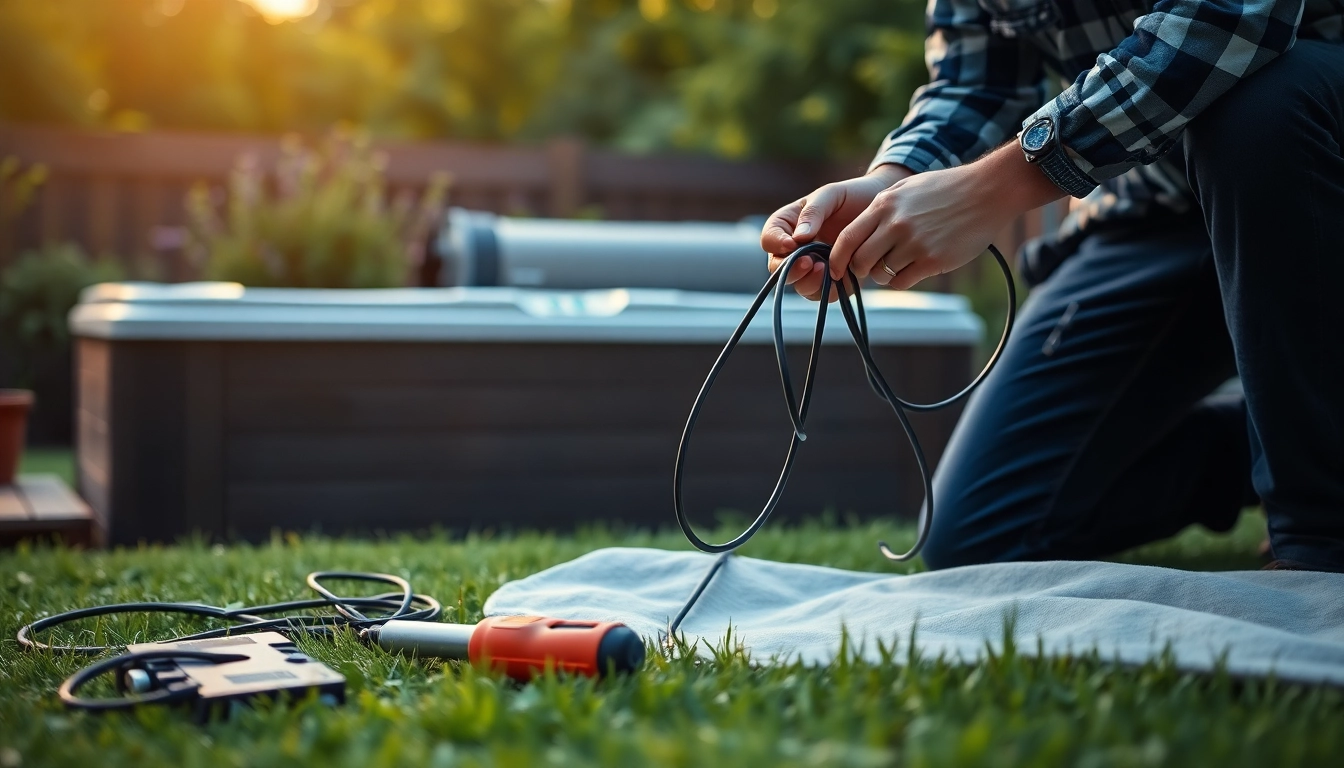
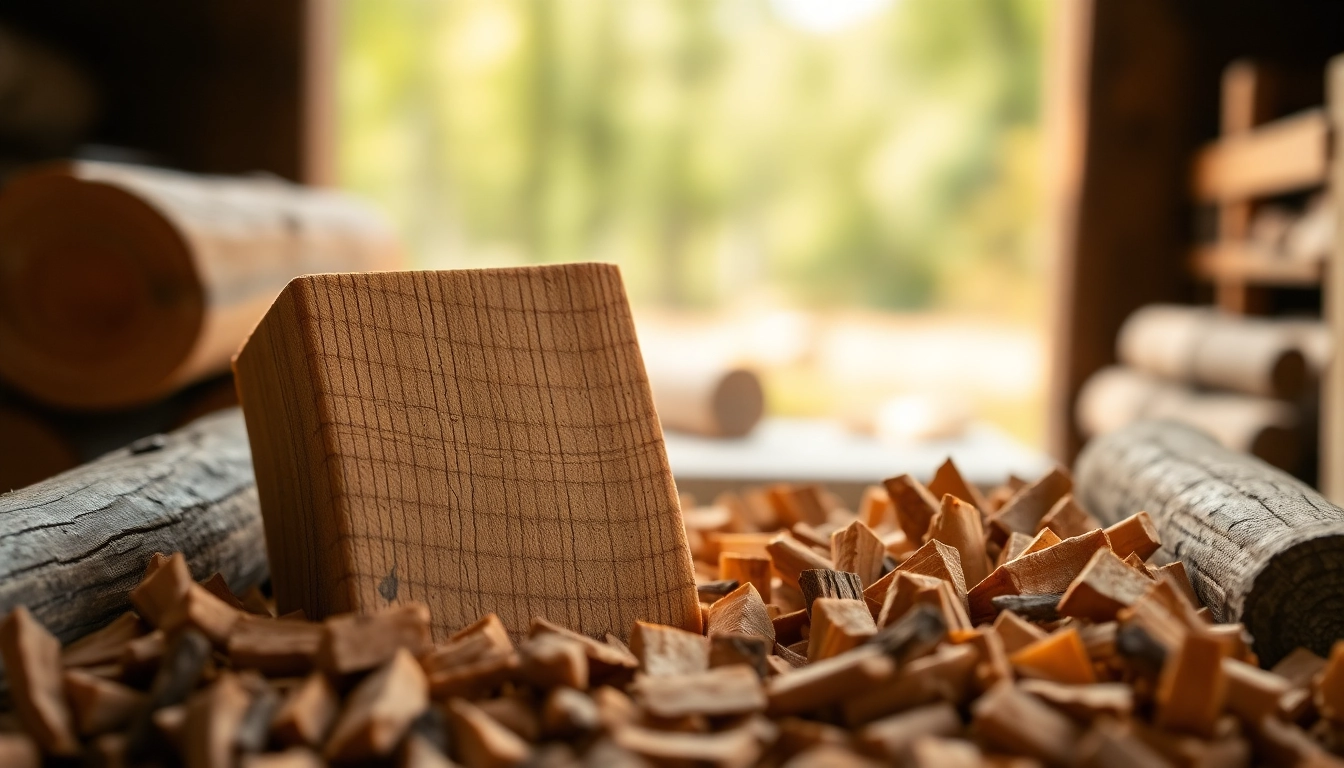




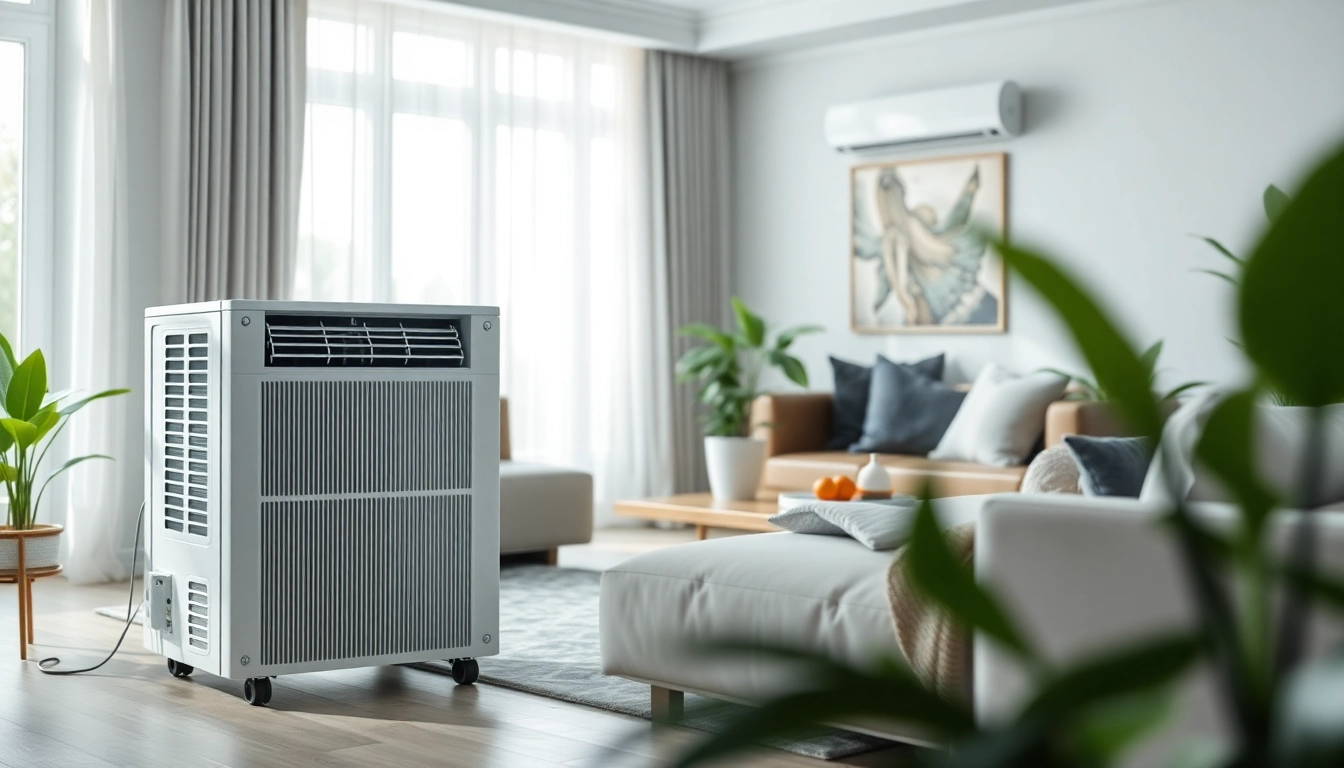


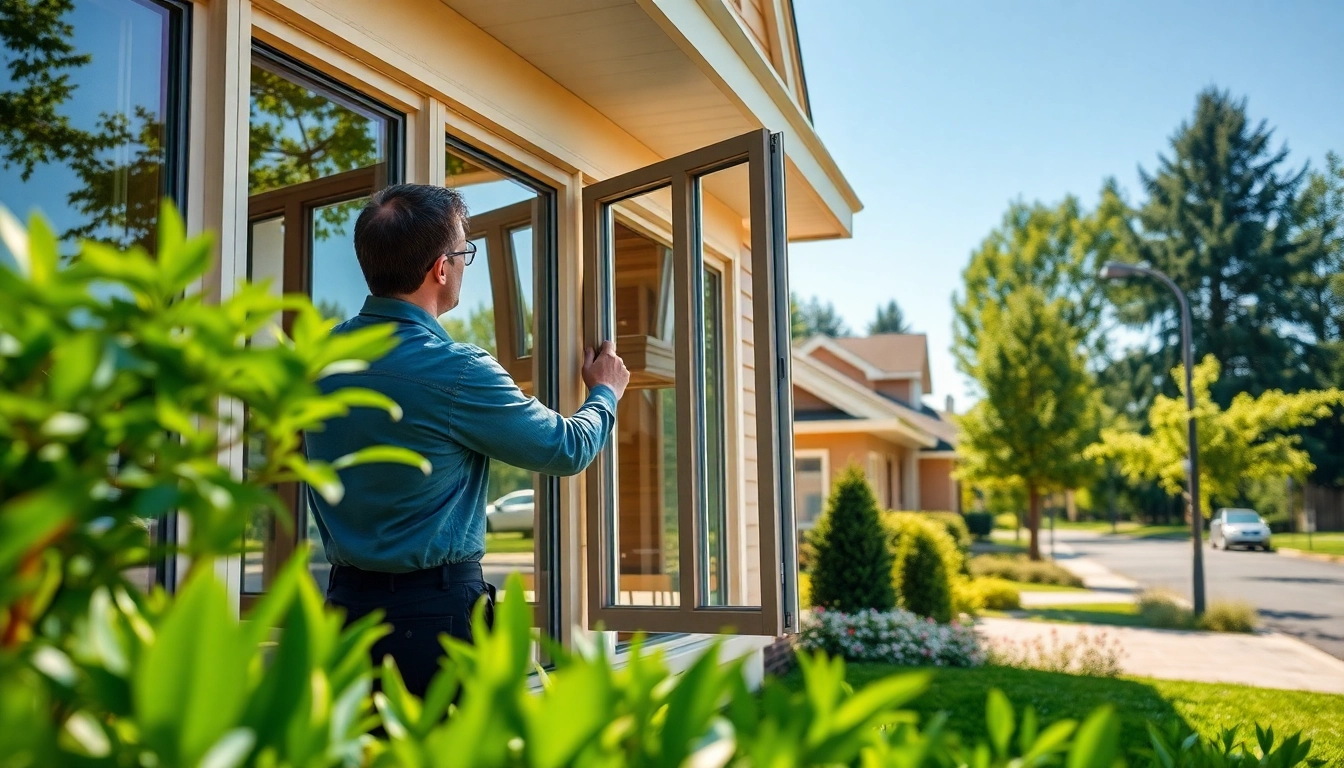
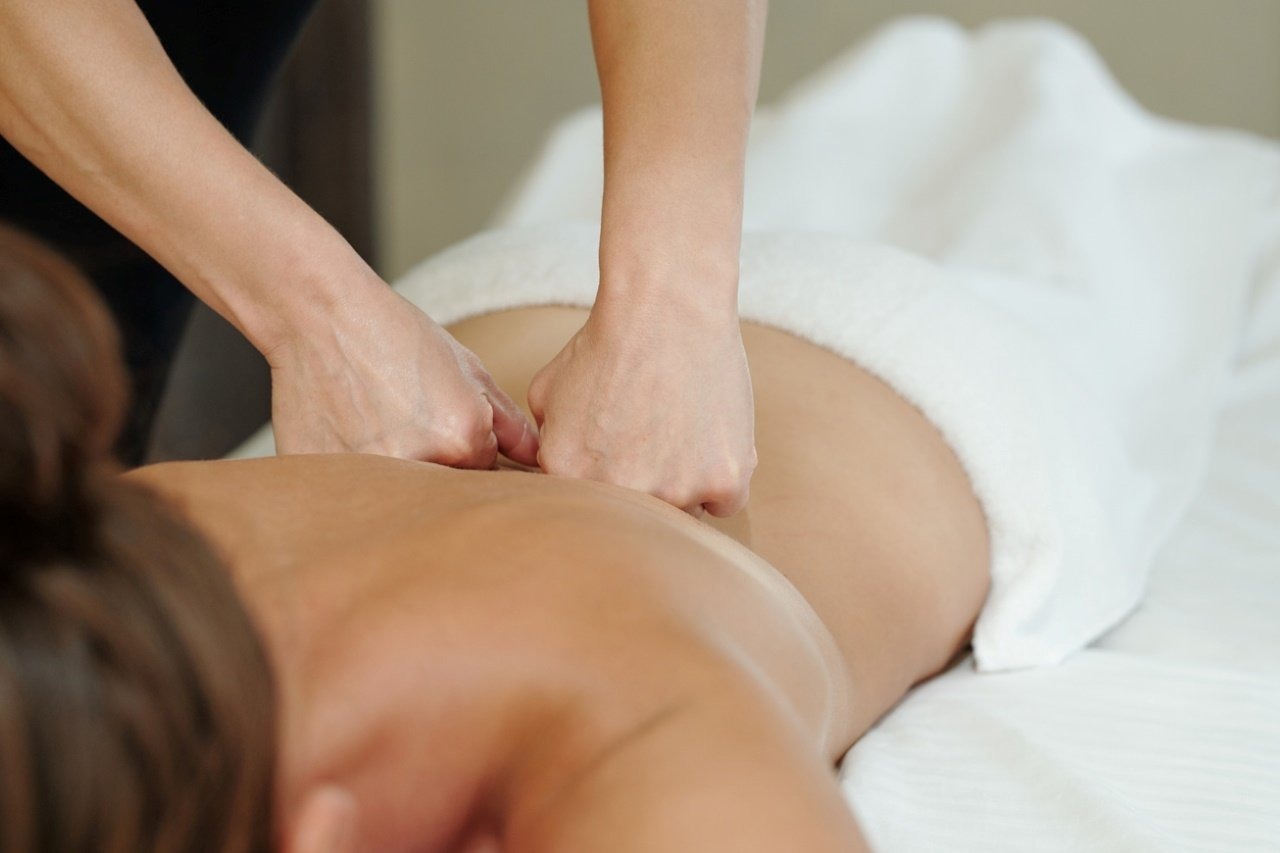



Leave a Reply